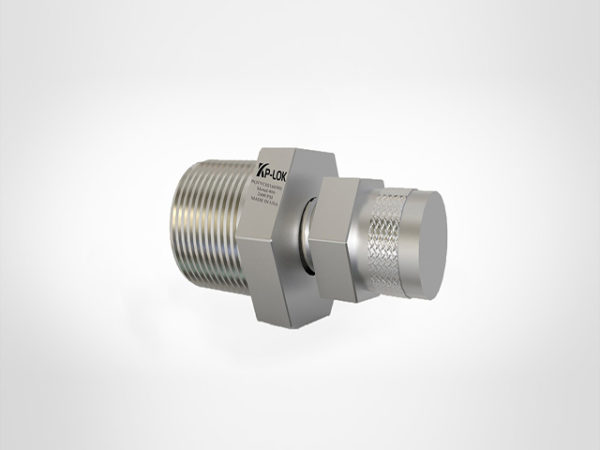Valves are very important devices that are used to regulate or
control the flow of media such as gases, liquids or slurries. The use of valves
is common in a lot of industries such as the car industry. Valves are important
components in the engine of modern day cars and they are responsible for the
flow of fuel vapor in the engine.
Just like other devices, a valve is a combination of several
different parts that are assembled together to work in unison as a valve. One
of the very important parts of a valve is the Valve Guide. A valve guide https://www.kp-lok.com/product/purge-valves/ is a
cylindrical piece of metal that is either casted or pressed into the cylinder
head, with a valve reciprocating inside it. The major function of the valve
guide is to absorb the transverse forces generated by the engine which could affect
the valve stem. Together with the valve spring, the valve guide works to
precisely center the valve so it can make proper contact with the valve seat.
It also helps to conduct a proportion of the heat generated from the valve head
to the cylinder head through the valve stem where it may be taken up by the
cooling system.
Due to the strenuous task of the valve guide, the quality of valve
guides mostly depends on the properties of the materials it is made with.
Materials
Contrary to general belief, steel has not been and probably never
will be a good choice of material for valve guides. Material selection for
valve guides is majorly down to cast iron and brass. Generally, material that
will be used for making valve guides must have good gliding and thermal
conductivity properties. Grey cast iron and brass materials with some selected
alloy components have been particularly proven to be best suited for making
valve guides.
G1
Grey cast iron with pearlitic structure – this material is characterized
by having good wear resistance. This material is best suited for making valve
guides that will be used under normal strain conditions.
G2
Grey cast iron with pearlitic basic structure and increased
proportion of phosphorus. This material has higher resistance to wear and
better emergency run properties due to the reticular formation of the
phosphorus that is added. This material is best suited for making valve guides
that will be used under medium strain conditions.
G3
Grey cast iron with pearlitic basic structure and increased
proportions of phosphorus as well as chromium content. This material has a very
high resistance to wear and is best suited for manufacturing valve guide that
will be used in highly supercharged engines.
B1
CuZnAl (Brass) alloy. This material is characterized by high sliding
properties and good resistance to wear. Best suited for valve guides under
normal and medium strain.
Conclusion
Valve guides are very important parts in a valve that are meant for
carrying out a very important task in the valve. They undergo a lot of strain
in order to achieve this task, hence, they wear easily. The choice of material
for making valve guides is important as the quality or functionality of the
valve guide depends on it. Materials selected should have good wear resistance.
